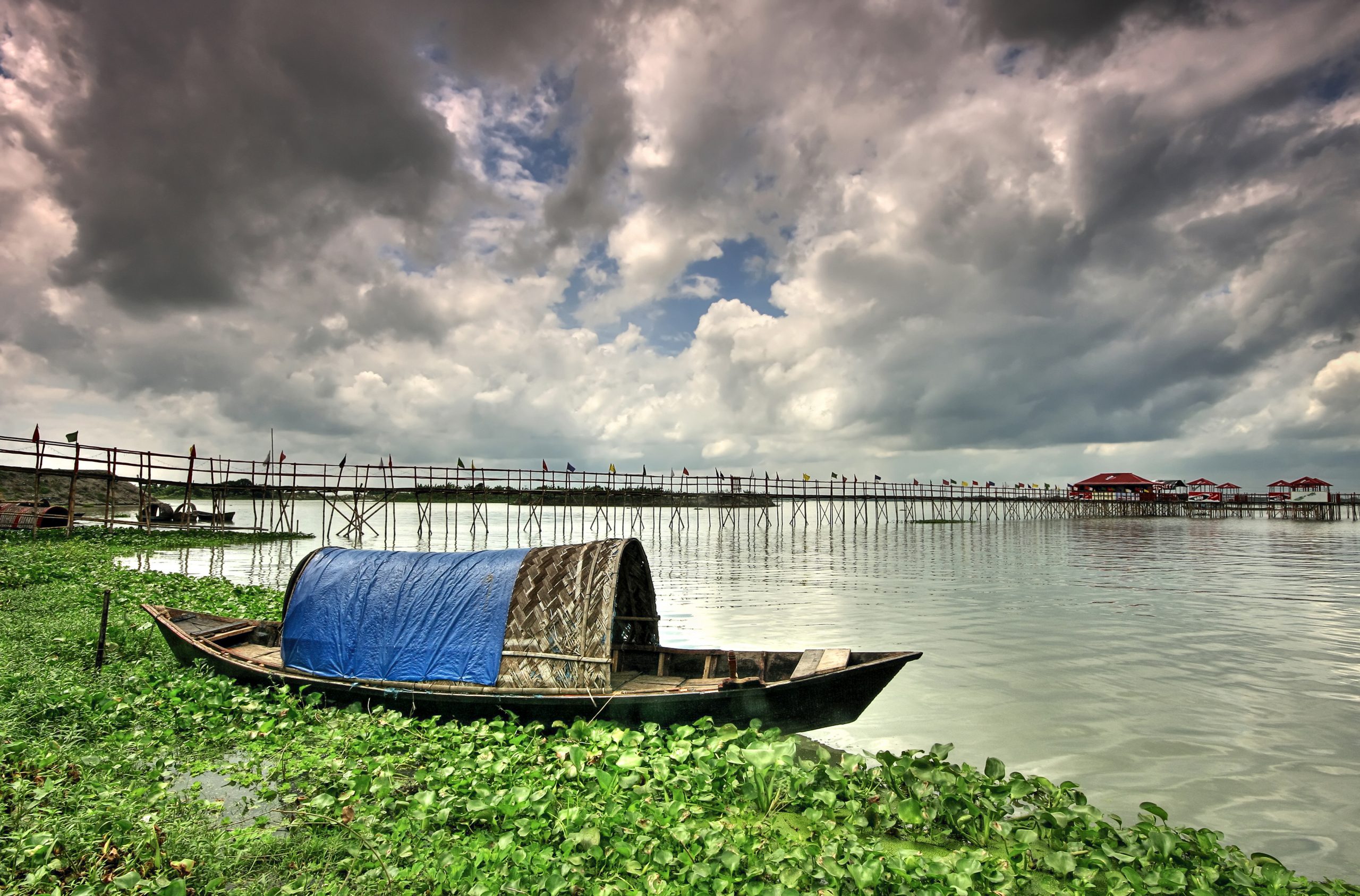Dr. Edoardo Borgomeo, World Bank and Honorary Research Associate at the Environmental Change Institute, University of Oxford
Ten years ago, cyclone Sidr struck coastal Bangladesh. The storm caused 3447 fatalities and at least as many more deaths due to the spread of waterborne diseases following the storm. Sidr also led to the evacuation of more than 500,000 people, large-scale economic damage, and loss of livelihoods. Yet cyclones like Sidr are not the only water curse experienced by people in coastal Bangladesh. Salt water gets into soils, making it more difficult for plants to grow, in turn reducing the crop yield that farmers get. Salinity also gets into drinking water, contaminating water supplies and compromising people’s health, especially that of pregnant women.
Protecting land and people from these impacts may sound like the obvious thing to do in coastal Bangladesh. This is why in the 1960s a series of embankments were constructed across Bangladesh’s coasts to protect fields and people from flooding and boost agricultural production. Despite these investments, more than 8 million people in coastal Bangladesh still live in poverty and suffer from water’s destructive impacts.
As with all water issues, addressing water security in coastal Bangladesh requires adaptation and learning. At the sharp end, this involves continuous support to populations affected by water’s impacts as well as engagement with government and international organizations to gain sustained political and economic support. In the backrooms of academia, addressing water security challenges often involves collecting data and developing models to improve our understanding of how water interacts with social and economic outcomes.
As the rise of big data and complexity has shown, when quantitative modelling approaches are combined with testable hypotheses, interesting and actionable results often emerge. Water modelling can be used to answer important questions on investments and resilience in coastal Bangladesh. In this study, water modelling is used to examine the dynamics between water and poverty, asking two questions (1) How do improvements in the way water infrastructure is operated and maintained reduce and prevent water’s destructive impacts? (2) How can these improvements benefit the poorest and marginalized members of the communities?
To answer these questions, we follow a series of step. First, we decide upon the scale of our model, this could be from a single household to the whole coastal zone. Then, we come-up with mathematical functions to represent reality. These functions form our model, which describes the multiple relationships between water-related factors, such as storms and salinity, and agricultural production and income for farmers. Third, we use data to validate our model. This means checking that our results give a fair representation of what we observe in reality. Finally, we change some of the conditions in the model, for instance increase the frequency with which water infrastructure is maintained. This allows us to see how farmers’ incomes change depending on the type of water management actions and investments we take. Eventually, this can be used to identify the type of investments that increase water security for the poor. In the study, these steps are followed to reveal how improvements in the way in which water infrastructure is operated and maintained can have non-marginal effects on the incomes of poor farmers. That is, the study shows how these improvements create benefits that go beyond simply protecting communities from flooding and salinity, to positively influence economic opportunities and well-being in the long-term.
In the end, the choice of which investment to make to enhance water security will not only be based on modelling. It will be based on community views, government priorities, financial resources, and many other factors. Water modelling can inform these important policy choices and contribute to improving water security for millions of poor people in coastal Bangladesh.
This blog is based on a journal paper written by REACH researchers and recently published in the International Journal of Water Resources Development. Downloaded the paper here.

